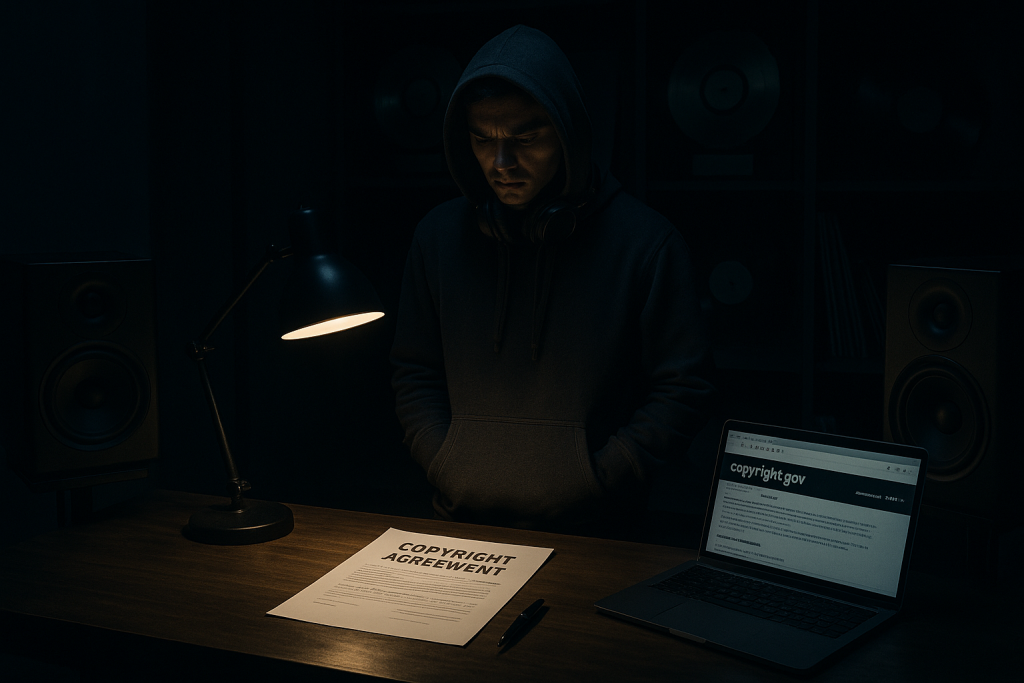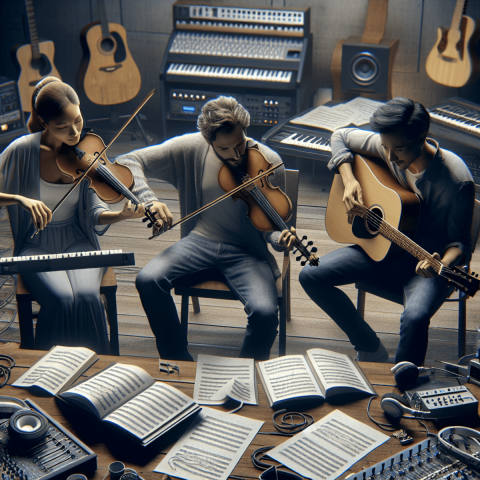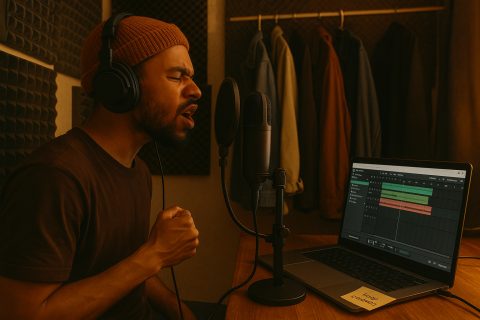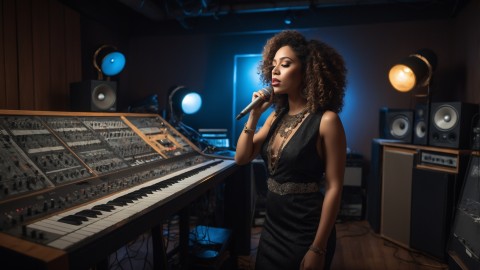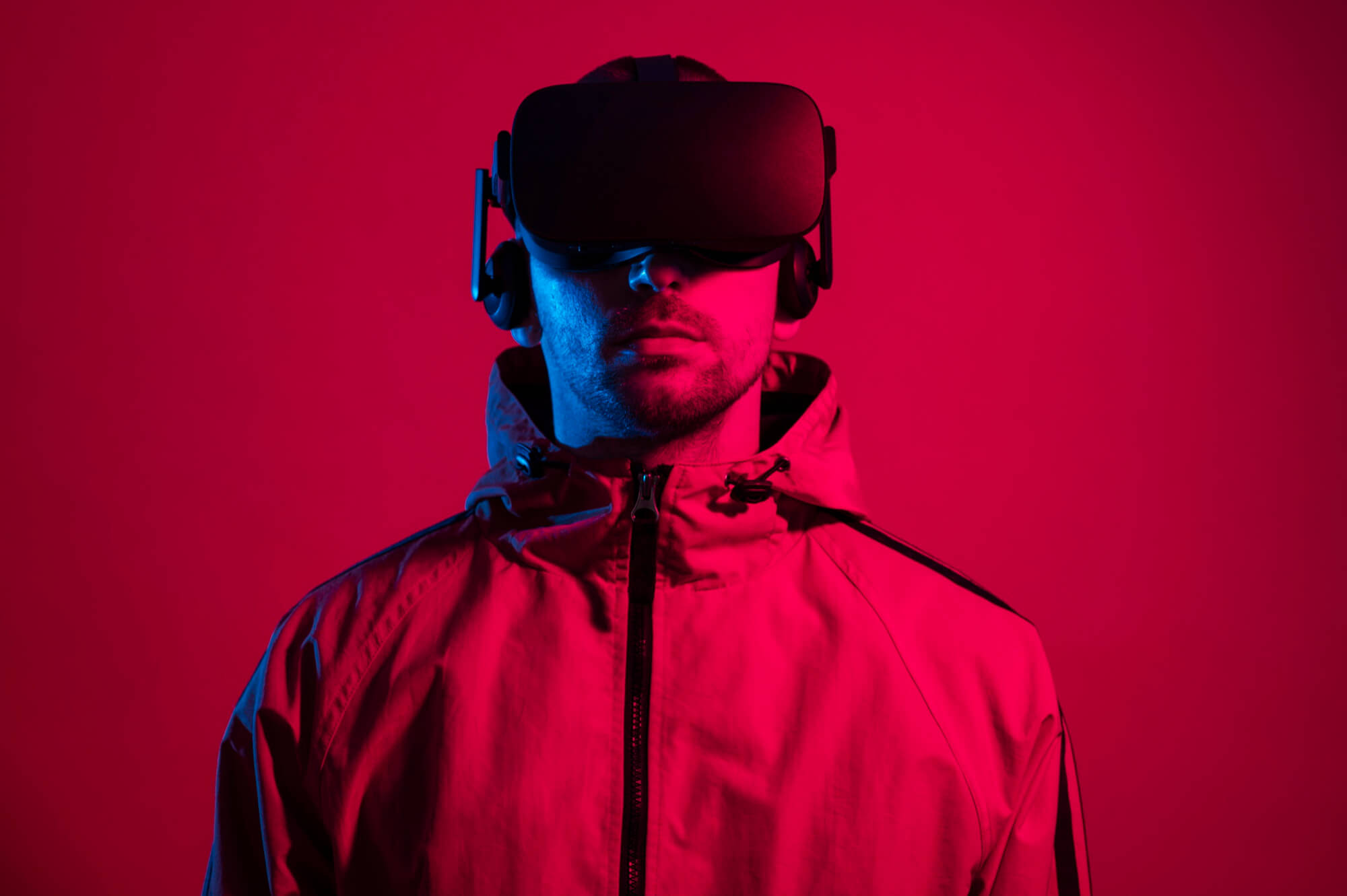As an independent artist, you’re not just making music—you’re building intellectual property. Every beat, lyric, and melody you release holds value. But without legal protection, you’re leaving that value up for grabs.
Think of your music like real estate:
- Copyright is your deed.
- Publishing rights are your rental income.
- Trademarks are your address and brand identity.
If you don’t claim them, someone else might.
In this guide, we’ll walk you through the essential ways to protect your music legally—no label required.
📄 Step 1: Copyright Your Songs (ASAP)
Copyright = Ownership.
In the U.S., your music is automatically copyrighted the moment you record it or write it down. But to enforce that copyright in court or collect damages, you need to officially register it.
✅ What You Should Copyright:
- Lyrics
- Melody/instrumentals
- Full recordings
You can file all songs on an EP, album, or batch together to save time and money.
🧾 How to Register Copyright (U.S.):
- Visit copyright.gov
- Create an account
- Select “Register a Work of the Performing Arts”
- Upload your audio files or lyric sheets
- Pay the fee (as low as $45)
📌 Pro Tip: Use the “group registration” option for multiple unpublished songs.
✍️ Step 2: Use Split Sheets for Every Collaboration
If you’re working with producers, writers, or other artists, you must use split sheets.
🤝 What’s a Split Sheet?
A legal document that outlines:
- Who wrote what
- Ownership percentages
- Real names and PRO (Performance Rights Org) info
- Signatures from all contributors
Even if it’s your best friend or cousin on the track—get it in writing. People forget. Situations change. Money complicates things.
🧰 Tools:
- Free templates at Songtrust
- Smart contracts on Blokur or SplitSheet
📝 Step 3: Register with a Performing Rights Organization (PRO)
To get paid when your music is performed publicly—streamed, played on radio, used in venues—you need to register your works with a PRO.
🎼 Top PROs in the U.S.:
What PROs Do:
- Track your song plays (radio, TV, venues)
- Collect royalties on your behalf
- Pay you quarterly or semi-annually
📌 Tip: Sign up as both a songwriter and a publisher to collect all available royalties.
💰 Step 4: Claim Your Digital Royalties
Streaming platforms split royalties between:
- Master recording owners (via your distributor)
- Songwriters/composers (via PROs and mechanical licensing)
To get all your money, make sure you also register with:
💻 1. SoundExchange – soundexchange.com
Collects digital performance royalties from internet radio (like Pandora, SiriusXM).
📜 2. The MLC (Mechanical Licensing Collective) – themlc.com
Collects mechanical royalties from interactive streaming platforms like Spotify and Apple Music.
📌 Many indie artists miss out on this money because they never register. Don’t leave cash on the table.
🛡️ Step 5: Trademark Your Artist Name and Logo
Your artist name, logo, and brand assets deserve protection too—especially as you grow.
Why Trademark?
- Prevents others from using your name
- Lets you issue takedowns on bootlegs and impersonators
- Adds legitimacy to merch and business ventures
How to File:
- Check for conflicts at uspto.gov
- File a “word mark” (for your name) and/or “design mark” (for your logo)
- Pay the fee ($250–$350 per class)
- Wait for approval (can take 6+ months)
📌 Use LegalZoom, Trademarkia, or hire a local IP attorney if needed.
🔒 Step 6: Secure Your Files & Backups
Imagine losing your entire catalog in a hard drive crash or having unreleased songs leaked.
That’s not just emotional loss—it’s business loss.
🔐 File Protection Tips:
- Use encrypted cloud storage (Google Drive, Dropbox, pCloud)
- Back up all stems, sessions, and masters twice—cloud + physical
- Use password-protected links when sharing demos or masters
🧠 Bonus:
Add watermarks to demos you send to labels or sync libraries to prevent theft.
📲 Step 7: Use Licensing Agreements for Sync & Beats
If you’re sending music for TV/film or selling beats online, you need clear licensing terms.
For Sync Deals:
Use a sync license agreement that outlines:
- Usage rights (TV, ads, film, etc.)
- Territory (U.S. only or global)
- Duration (1-year use, in perpetuity, etc.)
- Payment terms (one-time fee, royalties)
For Producers Selling Beats:
Offer:
- Non-exclusive license (multiple artists can lease it)
- Exclusive license (only one artist can use it)
Include a PDF agreement with every beat sale outlining terms, splits, and usage rules.
📌 Use services like:
👩🏾⚖️ Step 8: Have a Go-To Legal Resource
You don’t need a lawyer on retainer to protect your music—but it helps to have resources ready.
Affordable Legal Resources:
- Volunteer Lawyers for the Arts – Free or low-cost legal aid for creatives
- LegalZoom – Templates and filing services
- UpCounsel – Affordable music attorneys
🧠 Recap: The Legal Essentials Checklist
| Step | What You Need | Where to Do It |
|---|---|---|
| ✅ | Register copyright | copyright.gov |
| ✅ | Use split sheets | Songtrust, SplitSheet |
| ✅ | Join a PRO | BMI, ASCAP |
| ✅ | Register for royalties | SoundExchange, The MLC |
| ✅ | Trademark your name/logo | uspto.gov |
| ✅ | Back up your files | Dropbox, Google Drive |
| ✅ | Use licensing agreements | Sync/beat platforms |
| ✅ | Have legal support | VLANY, LegalZoom |
🎤 Final Thoughts: Protect Your Power
You’ve poured heart, sweat, and late nights into your music. Protecting it legally is how you honor that work—and set yourself up for long-term wins.
You don’t need a label. You need awareness, strategy, and the willingness to handle the business side of your art.
Because when your moment comes, and it will—you want to OWN it.



